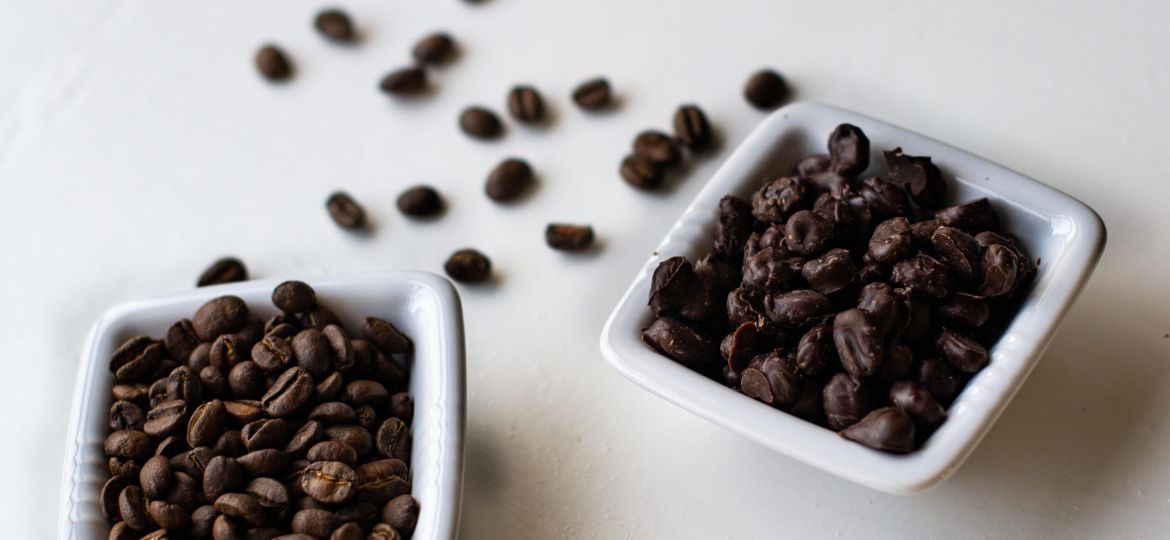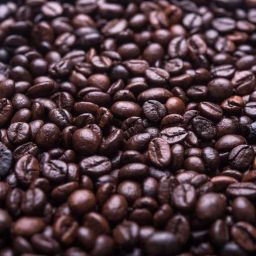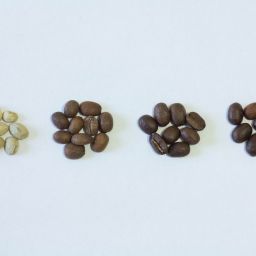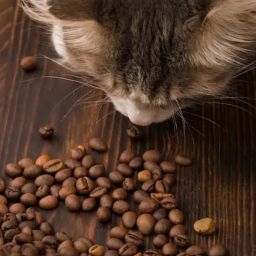
The concept of eating coffee beans extends beyond their common use in brewing coffee. While not as conventional as drinking coffee, consuming coffee beans directly offers a unique way to enjoy the rich flavors and benefits of coffee.
This practice can involve various forms of coffee beans, including roasted and chocolate-covered varieties.
The Journey from Cherry to Bean
Coffee beans begin their journey as seeds inside the fruit of the coffee plant, commonly referred to as coffee cherries. These cherries undergo a meticulous process to become the coffee beans we are familiar with. Initially, the cherries are harvested, typically by hand, and then processed using either dry or wet methods to remove the fruit’s flesh, leaving the seeds behind.
Subsequently, these seeds are dried, becoming the green coffee beans. The final step involves roasting these green beans at various temperatures to achieve different flavors, creating the roasted coffee beans that are either ground for brewing or, in some contexts, consumed whole.
Different Types of Coffee Beans
Coffee beans can be categorized mainly into three types based on their processing stages: green, roasted, and chocolate-covered beans. Green beans are the raw, unroasted seeds that have a grassy flavor and are hard to chew.
Roasted beans are processed through heating, transforming them into flavorful, aromatic beans with a crunchy texture. This category includes both light and dark roasts, each offering distinct taste profiles from fruity and acidic to rich and chocolaty.
Lastly, chocolate-covered coffee beans combine the kick of caffeine with the sweetness of chocolate, serving as a popular snack.
Nutritional Profile of Coffee Beans
Coffee beans are a significant source of nutrients and antioxidants. Roasted coffee beans, for instance, contain calories, carbohydrates, and a high level of dietary fiber.
Specifically, an ounce (approximately 28 grams) of coffee beans can provide about 85 calories, 13 grams of carbohydrates, and 11 grams of fiber, showcasing their nutritional value.
The fiber content in coffee beans aids in digestion and promotes a feeling of fullness, making them a nutritious, albeit potent, snack option.
Benefits of Eating Coffee Beans
Consuming coffee beans directly, rather than brewing them into a beverage, offers several health benefits due to their rich nutrient profile. The primary advantage is the high antioxidant content found in coffee beans, particularly phenolic compounds, which play a crucial role in neutralizing harmful free radicals in the body.
Antioxidants in coffee beans, such as chlorogenic acid, are linked to various health benefits, including a reduced risk of chronic diseases like heart disease and Type 2 diabetes.
Additionally, the fiber content in coffee beans supports digestive health and can contribute to a feeling of fullness, which may aid in weight management. Moreover, the caffeine present in coffee beans provides a mental boost, enhancing alertness and concentration.
Risks and Side Effects
While eating coffee beans can be beneficial, there are potential risks and side effects associated with their consumption, primarily due to their caffeine content.
Excessive intake of caffeine from coffee beans can lead to negative effects such as jitteriness, insomnia, heart palpitations, and increased blood pressure. Individuals with a lower tolerance for caffeine may experience these symptoms even with a moderate consumption of coffee beans.
Additionally, coffee beans contain compounds that can exacerbate acid reflux or gastroesophageal reflux disease (GERD), making them unsuitable for people with these conditions.
Another consideration is the potential impact on cholesterol levels; certain compounds in coffee beans, when consumed excessively, might raise low-density lipoprotein (LDL) cholesterol, contributing to cardiovascular risk.
It is essential for individuals to monitor their consumption of coffee beans, considering their total daily caffeine intake and any pre-existing health conditions, to avoid adverse effects.
Safe Consumption and Daily Limits
The consumption of coffee beans should be moderated due to their caffeine content. On average, one coffee bean contains about 6 milligrams of caffeine, while chocolate-covered coffee beans contain more due to the additional caffeine present in chocolate.
As a guideline, adults can safely consume up to 400 milligrams of caffeine per day, according to health authorities. This equates to approximately 66 coffee beans. However, consuming this amount in bean form is not recommended due to the concentrated caffeine and other compounds in coffee beans.
For chocolate-covered coffee beans, considering the caffeine content in both the chocolate and the bean, limiting consumption to under 33 beans is advisable to avoid exceeding daily caffeine limits.
Creative Ways to Incorporate Coffee Beans in Diet
Coffee beans can be creatively incorporated into the diet in several ways beyond direct consumption. They can be ground and added to smoothies for an energy boost, used as a crunchy topping on salads, or incorporated into desserts for a rich coffee flavor.
Chocolate-covered coffee beans make a delicious and energizing treat. Additionally, finely ground coffee beans can be used as a rub for meats, offering a unique depth of flavor to barbecue and grilled dishes.
Experimenting with coffee beans in baking can also yield delightful results, such as in brownies or cookies, where they add a crunchy texture and intense coffee taste.
FAQs
Can you eat raw coffee beans? Yes, but they are bitter and hard. Roasting enhances flavor and digestibility.
Are there health benefits? Coffee beans are rich in antioxidants and may offer health benefits similar to brewed coffee, including improved mental alertness and reduced risk of certain diseases.
What are the risks? Overconsumption can lead to caffeine-related side effects such as jitteriness and insomnia. People with certain health conditions should exercise caution.
Is it safe for pets? No, coffee beans are toxic to many animals and should be kept out of their reach.
Can coffee beans be used in recipes? Absolutely, from desserts to rubs for meats, coffee beans can add a unique flavor to various dishes.
Conclusion
Eating coffee beans offers a unique way to enjoy the rich flavors and potential health benefits of coffee. However, due to their high caffeine content, it’s important to consume them in moderation and consider personal caffeine tolerance.
Creative incorporation of coffee beans into the diet can enhance recipes and snacks. Always keep in mind the potential risks and consult health guidelines to enjoy coffee beans safely and responsibly.








